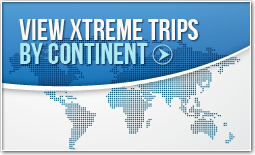The Okavango Delta is the world’s largest inland delta, a labyrinth of lagoons, lakes and hidden channels covering 17 000 square km. It originates in Angola – numerous tributaries join to form the Cubango River which then flows through Namibia, becoming the Kavango River and finally enter Botswana where it is becomes the Okavango. Millions of years ago the Okavango River used to flow into a large inland lake called Lake Makgadikgadi (now Makgadikgadi Pans). Tectonic activity and faulting interrupted the flow of the river causing it to back up and form what is now the Okavango Delta. This has created a unique system of waterways that supports a vast array of animal and plant life that would have otherwise been a dry Kalahari savannah.
There are an estimated 200 000 large mammals in and around the Okavango Delta. On the mainland and among the islands in the delta, lions, elephants, hyenas, wild dog, buffalo, hippo and crocodiles congregate with a teeming variety of antelope and other smaller animals – warthog, mongoose, spotted genets, monkeys, bush babies and tree squirrels. Notably the endangered African Wild Dog is present within the Okavango Delta, exhibiting one of the richest pack densities in Africa. The delta also includes over 400 species of birds, including the African Fish Eagle.
Many of these animals live in the Delta but the majority pass through, migrating with the summer rains to find renewed fields for grazing. With the onset of winter the countryside dries up and they make their way back to the floodplains. This leads to some of the most incredible sightings as large numbers of prey and predators are pushed together. Certain areas of the Delta provide some of the best predator action seen anywhere in the world.




